
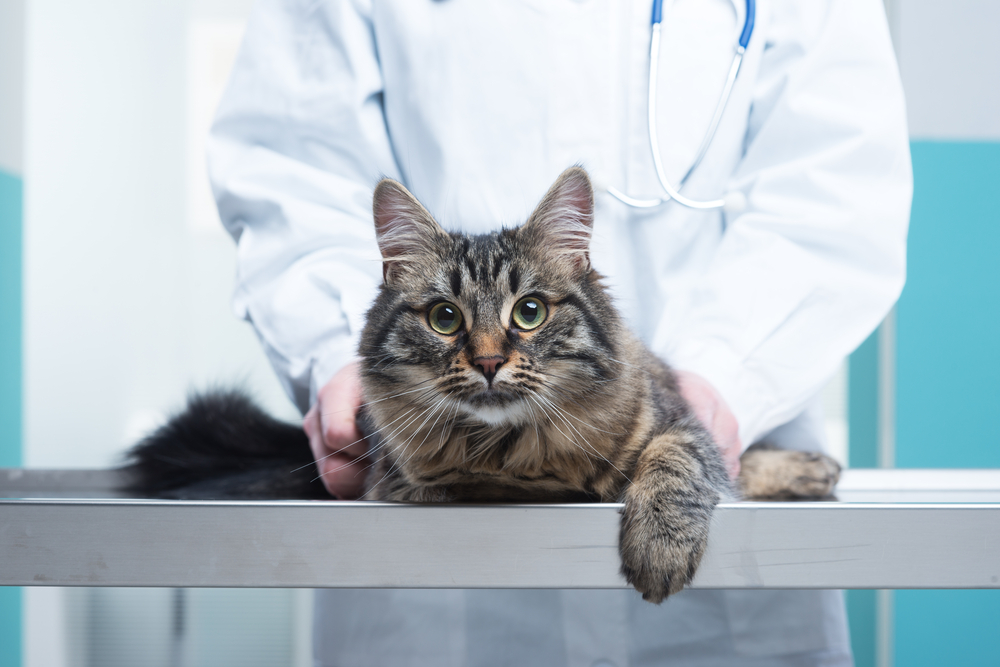
Chondrosarcoma (CSA) is a type of cancer that affects the cartilage of the body; the connective tissue that is found between the bones and joints. Chondrosarcoma of the bone is a fast spreading form of bone cancer, which can be life threatening if not diagnosed and treated early. Chondrosarcoma arises from cartilage, metastasizing to other parts of the body, including the ribs of the affected cat.
The majority of CSAs involve flat bones, with about 30 percent occurring in the nasal cavity and about 20 percent involving the ribs. This form of cancer also affects the limbs, with a resulting weakening in the structure of the bone due to the invasive tumor. Fractures of the bone are common. Fortunately, this type of tumor is relatively uncommon in cats.
Although an exact cause has not been identified, multiple cartilaginous growths or protuberance may lead to this form of cancer.
You will need to give a thorough history of your cat’s health and onset of symptoms. Your veterinarian will perform a thorough physical exam on your cat, including a complete blood count, a biochemistry profile, and a urinalysis. The results of these tests are usually within normal ranges. Tissue samples from the local lymph nodes will also be taken for analysis of cancer cells and evidence of immune system response.
Radiographic studies of the affected areas may show the extent of the invasion. X-rays, computed tomography (CT) scans, nuclear bone scans, and radiographic scans will usually be helpful in diagnosing the stage and type of the tumor. Bone scans may show involvement of soft tissue and adjacent bones. The most conclusive and direct method for making a diagnosis is normally by taking a biopsy of the growth for microscopic laboratory analysis.
This is highly aggressive and life-threatening tumor needing prompt treatment in most cases. Amputation or limb salvage is usually recommended in cases in which tumor involves a limb and there is no metastasis (spreading) of the tumor. For nasal tumors, radiation therapy is normally the treatment of choice. Radiotherapy may also help in prolonging the life spans in those cats in which tumors are inoperable. If the tumor involves the ribs, your veterinarian may decide to remove the affected ribs and nearby lung tissues through a wide excision in order to prevent metastasis. Chemotherapy may also be recommended in some cats, but the effectiveness of this therapy has not yet been fully evaluated for CSA.
You may be advised to revisit your veterinarian every three month for follow-up evaluation. During this time, your veterinarian will evaluate your cat to see if any metastasis has occurred. Routine x-rays will be taken of the affected part and other body areas to check for recurrence and spread of the tumor.
After surgery, you should expect your cat to feel sore. You will need to limit your cat’s activity until it heals, setting aside a quite place for it to rest, away from common areas, other pets, and active children. If it is difficult to control your cat’s movement, you may consider cage rest for your cat, placing your cat’s litter box and food dishes close by for its comfort. In case of leg amputation, most cats will still live comfortably, learning to compensate for the lost limb.
Pain management is crucial for the effective treatment of chondrosarcoma; your veterinarian will prescribe appropriate painkillers. Follow instructions for medications strictly. One of the most avoidable causes of death for domestic pets is overmedication.
Nutrition is very important for a swift recovery and you will need to monitor your cat’s food and water intake while it is recovering, making sure that it is hydrated enough and is getting sufficient amounts of food, but taking care not to overfeed your cat. If your cat cannot take food on its own, your veterinarian will instruct you on the proper use of a feeding tube that can be passed down into the stomach for food administration.
Image: Stokkete via Shutterstock
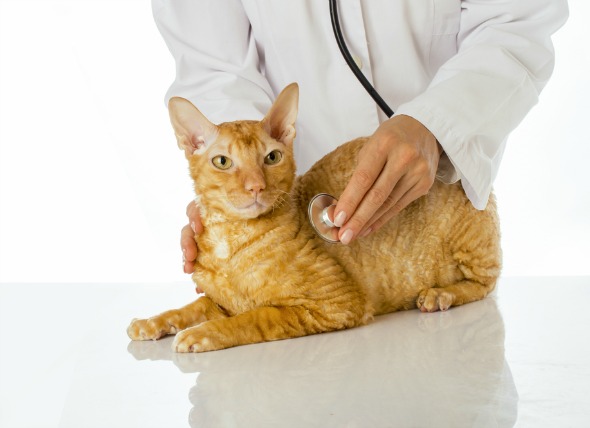 Distemper in Cats
Feline Panleukopenia Virus in Cats
Feline Panleuk
Distemper in Cats
Feline Panleukopenia Virus in Cats
Feline Panleuk
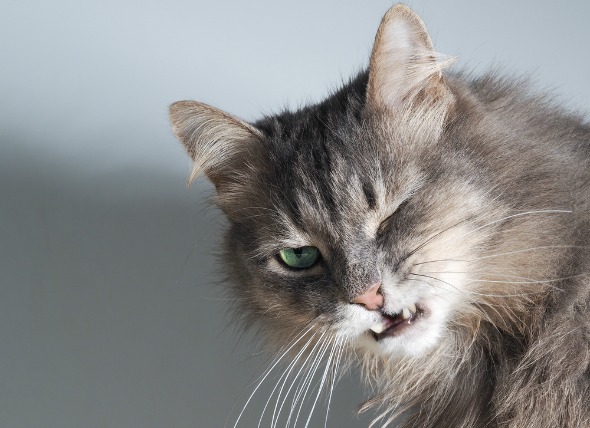 Acute Respiratory Distress Syndrome (ARDS) in Cats
Shock Lung in Cats
Acute Respiratory Distress Syn
Acute Respiratory Distress Syndrome (ARDS) in Cats
Shock Lung in Cats
Acute Respiratory Distress Syn
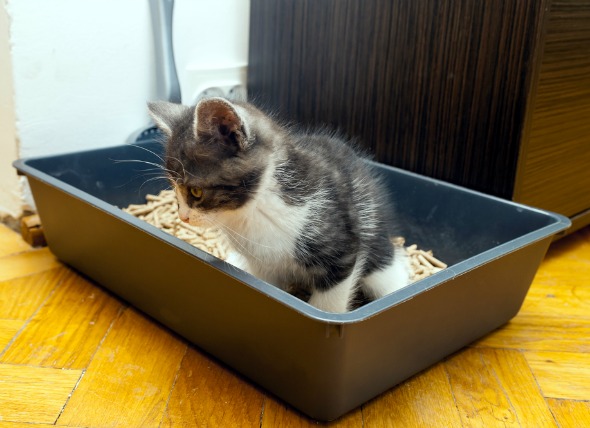 Urinary Tract Infection, Lower (Bacterial) in Cats
Bacterial Infection of Bladder and/or Urethra in Cats&nb
Urinary Tract Infection, Lower (Bacterial) in Cats
Bacterial Infection of Bladder and/or Urethra in Cats&nb
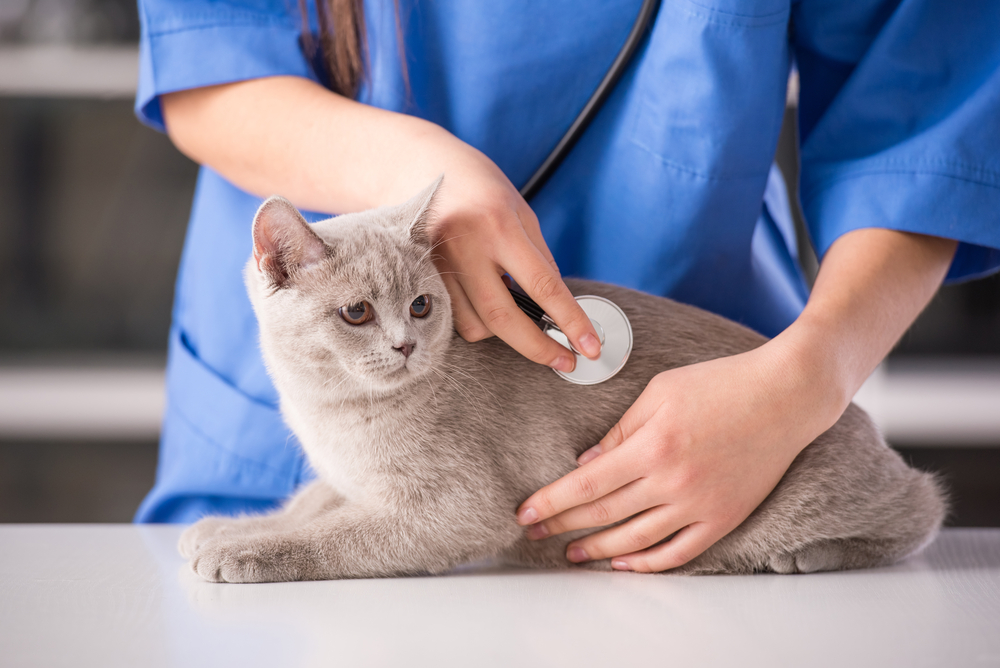 Kidney Failure and Excess Urea in the Urine in Cats
Renal Failure and Acute Uremia in Cats
The sudden
Kidney Failure and Excess Urea in the Urine in Cats
Renal Failure and Acute Uremia in Cats
The sudden
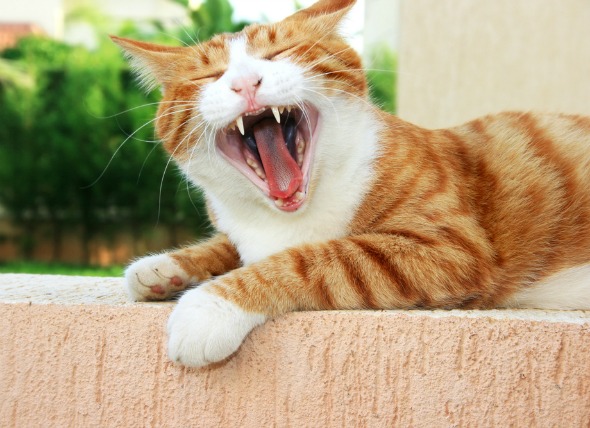 Mouth Inflammation and Ulcers (Chronic) in Cats
Oral Ulceration and Chronic Ulcerative Paradental Stomat
Mouth Inflammation and Ulcers (Chronic) in Cats
Oral Ulceration and Chronic Ulcerative Paradental Stomat
Copyright © 2005-2016 Pet Information All Rights Reserved
Contact us: www162date@outlook.com